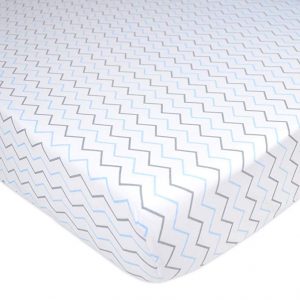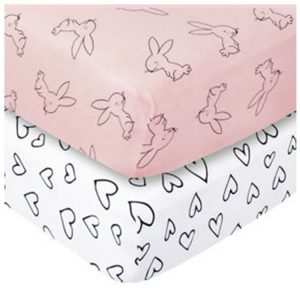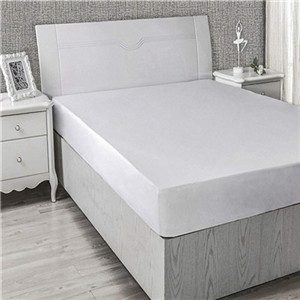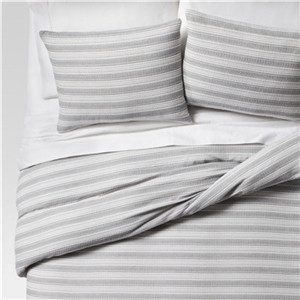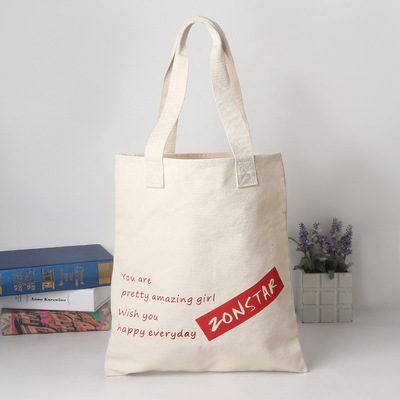Home textile digital printing is a hot spot in the field of printing and dyeing in China, but there are also many problems. It should be said that China’s home textile digital printing processing has not yet officially started. The main problem is the craftsmanship, such as the lack of scientific color matching methods, the lagging of the sizing process and the large color difference between the front and the back.
Home textile digital printing color mixing is done only by manual experience, and there is no set of scientific color matching methods.
Digital printing is controlled by a computer to output the color, and the color reflected on the computer display is different from the color mode of the jet printing, which requires a color adjustment process. In the color mixing process, different process parameters must be set according to factors such as dye characteristics, printing accuracy, and fabric type. If the parameter setting is not good, the color of the inkjet printing will be very different from that of the manuscript.
Since home textile digital printing uses the four-color principle to print, a small change in any parameter will cause a very large color change.
The bleeding is serious, and the vividness of the pattern is not good enough. Especially where the more colors are mixed, the higher the gray level, as if the surface of the fabric is covered with a layer of mist.
Through observation, it is found that the main cause is that the ink ejected from the nozzle bleeds on the surface of the fabric. Because the four colors of red, yellow, blue, and black in the quarter color are independent of the dots, if they can not be mixed with each other, the reflected colors will be more vivid. But if these colors are mixed with each other after printing, the reflected color will become black or gray.
In the process of home textile digital printing, the fabric itself absorbs moisture in the air, and it is vaporized after printing. The sizing pulp and the fabric absorb moisture at the same time, which makes the ink droplets printed on the fabric infiltrate. , Ink multi-color cross-mixing, causing color light gray.
Although the color of digital printing is rich in expressiveness, it is very good for the color transition of moiré, landscape, and portrait. However, the vividness is not as good as traditional printing, and some very bright colors cannot be made. The color difference between the front and back of the fabric is relatively large, and the permeability is not as good as flat screen and rotary screen printing.
The amount of ink sprayed on the fabric is very small, and the ink can only stay on the surface of the fabric.
Home textile digital printing is to supply ink on demand, consumes relatively small amount of ink, and can save water and energy during washing. However, due to the small amount of ink sprayed on the fabric, the ink can only stay on the surface of the fabric. This has caused two problems. One is the serious color difference between the front and back, which is similar to a scarf or the penetration printing, which cannot meet the requirements; the second is because the color difference between the front and the back is serious, and the loose fabric will only be rubbed or sewn. The silk (or yarn) with no color on the reverse side is turned to the front, commonly known as “reverse silk”. This result greatly affects the appearance of the fabric and cannot be accepted by consumers. If the ink supply is increased, the reverse osmosis will be improved. Although the “reverse silk” situation has improved, the clarity of the printed patterns will be greatly reduced, the thin stems will become thicker, and the graphics will be blurred, which cannot meet customer requirements.
Ink research and development are backward and the quality is unstable. There are four major problems with digital printing inks at this stage:
1. Ink is expensive: Although the price of digital ink has dropped to 300 yuan/kg, the price is still very high compared with powdered dyes.
2. Ink cannot be used: There are many manufacturers of digital printing equipment. Each equipment factory has its own set of ink, but they cannot be used with each other.
3. Unstable storage: Ink storage stability is poor, and it is easy to condense and block nozzles.
4. Color aberration is easy to appear: the coloring rate of several colors of the ink is inconsistent, resulting in color aberration easily when matching colors.
The first two problems are the reasons for the high cost of current digital printing, and the latter two problems are important factors that cause the low quality of digital printing products.
